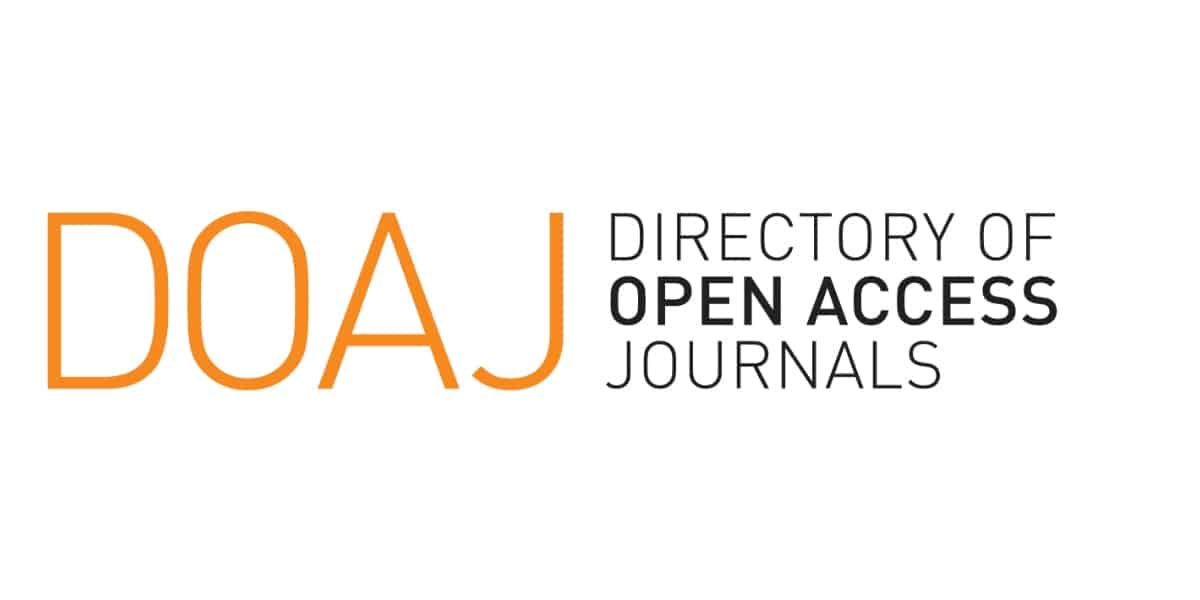Analisis Sistem dan Infrastruktur Persampahan di Kabupaten Gunung Mas Provinsi Kalimantan Tengah
Keywords:
waste generation, waste reduction, waste managementAbstract
The quality of waste is tending towards more difficult types of waste, due to changes in food handling techniques and consumer goods that use non-degradable packaging such as plastic. Existing waste management concepts are sometimes not suitable for implementation. The waste generation in Gunung Mas Regency is 17.71 tonnes/day with an estimated waste generation of 0.9 litres/person/day and a waste specific gravity of 0.15 tonnes/m3. In urban areas it is 6.65 tons/day and in rural areas it is 11.07 tons/day, with the waste composition being 80% organic and 20% inorganic. The total amount of waste produced is 2426 tons/year and the amount disposed of in landfills is 2190 tons/year. This amount represents 90.27% of the total generation. The amount of unmanaged waste is 236 tons/year or 9.73% of the total generation. Waste management services are only available in urban areas, while 62.5% of unmanaged waste is generated in rural areas. The high value of managed waste in landfills is due to the lack of a processing or reduction function. Infrastructures that function as efforts to reduce waste are TPS 3R, TPST and Waste Bank. The existence of this infrastructure is the responsibility of all parties as it is related to the environment.
















